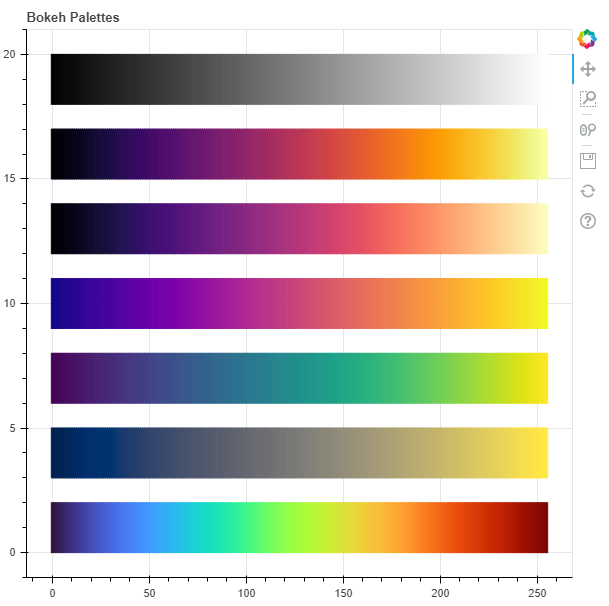
The name of the package is colorthief, not color-thief. Kept around to maintain backwards compatibility.

For simple script tag loading that exposes a global variable or for RequireJS AMD support. For modern browsers as well as Webpack and Rollup. color-thief.js - CommonJS module for use in Node.Here is the list of all the files in the /dist folder and what formats they support: Krita’s native palette format is since 4.0 *.kpl.The Color Thief package includes multiple distribution files to support different environments and build processes.

Keeping track of such colors is useful in a printing workflow, and it can also be used with python to recognize spot colors. Spot colorĬurrently not used for anything within Krita itself, but spot colors are a toggle to keep track of colors that represent a real world paint that a printer can match. Both names and ids can be used to search the color in the color entry dropdown at the bottom of the palette. Where Name can be something like “Pastel Peach”, ID will probably be something like “RY75”. The ID is a number that can be used to index colors. The Name of the color in a human readable format. The edit and new color dialogs ask for the following: Color If so, it will merge the group’s contents with the default group. It will ask whether you want to keep the colors. If you want to add more colors to a group and there’s no empty areas to click on anymore, increase the row count. On clicking you will be asked for a name and a set of rows. It will be loaded into the resources upon loading the document.ĭeprecated since version 5.0: This has been disabled for now. The palette will be removed from the resource folder and stored in the document upon save. The default, the palette will be stored in the resource folder. Whether to store said palette in the document or resource folder. If you accidentally make it smaller than the amount of entries that take up columns, you can still make it bigger until the next restart of Krita. This is the file name of the palette, which should be file system friendly. This is the proper name for the palette as shown in the palette chooser dropdown. Here you can add more columns, modify the default group’s rows, or add more groups and modify their rows. Pressing the Folder icon will allow you to modify the palette. The filling options used are taken from the fill tool but if Alt is pressed when the color is dropped then all the layer (or the portion inside the current selection) will be filled. You can use the dropdown to search on color name or id.īy drag-and-dropping colors from the palette onto the layer stack, you can quickly create a fill layer.īy drag-and-dropping colors from the palette onto the canvas you can fill the current layer with that color. When a color is a spot color the thumbnail is circular. The drop down contains all the entries, id numbers and names. Pressing the + icon will allow you to add a new swatch. On a swatch will give you a context menu with modify and delete options. On a group this will allow you to set the group name.ĭrag will allow you to drag and drop swatches and groups to order them. If so, the group will be merged with the default group.ĭouble a swatch will call up the edit window where you can change the color, the name, the id and whether it’s a spot color. When removing a group, Krita will always ask whether you’d like to keep the swatches. Pressing the delete icon will remove the selected swatch or group. To add an entry, just click a swatch and a new entry will be added with a default name and the current foreground color. That’s why you will get a grid with ‘transparency checkers’, indicating that there is no entry. Since 4.2 Krita’s color palettes are not just a list of colors to store, but also a grid to organize them on. Fill out the name input, pressing Save and Krita will select your new palette for you. Creating a new palette can be done by pressing the +. You can click on one and to load it into the docker, or click on import resources to load your own color palette from a file. To choose from the default palettes click on the icon in the bottom left corner of the docker, it will show a list of pre-loaded color palettes. You can choose from various default palettes or you can add your own colors to the palette.

New in version 4.2: The palette docker was overhauled in 4.2, allowing for grid ordering, storing palette in the document and more.


 0 kommentar(er)
0 kommentar(er)
